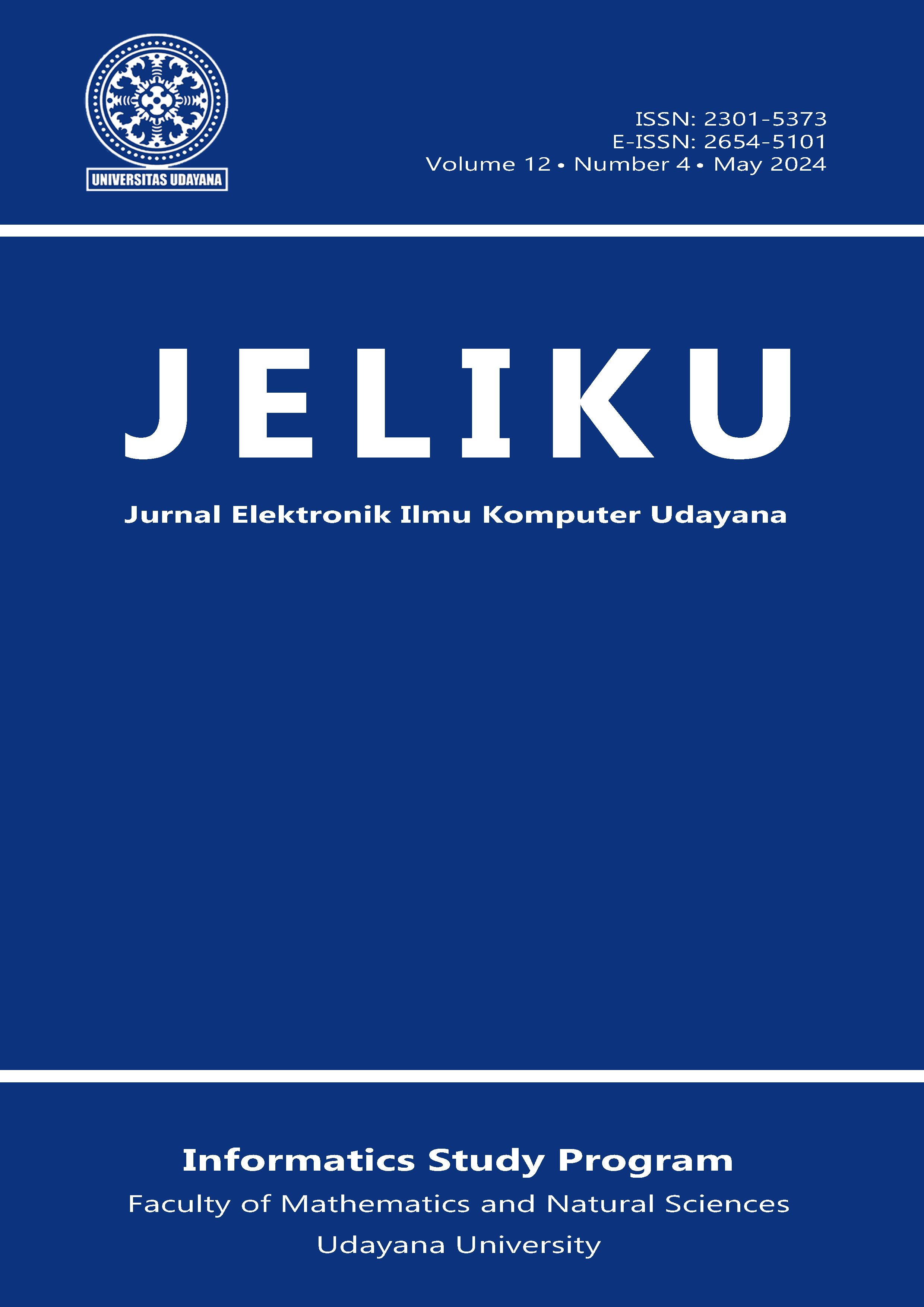Klasterisasi Customer Lifetime Value Pelanggan Menggunakan K-Means pada Online Travel Agency
Abstract
Product sales are found in companies operating in the e-commerce sector, one of which is an online travel agency (OTA). Post covid-19, companies are on the rise with more and more competition emerging and customers turning to e-commerce competitors. Maintaining relationships from one customer to another is necessary. Historical customer transaction data can be used to perform clustering. Before that, an RFM model was created, namely recency, frequency and monetary so that customer lifetime value could be calculated. The clustering used is K-Means because it is simple and efficient. Determining the optimal number of clusters uses the Gap Statistics method. The number of clusters will be validated for separation using the Davies Bouldin Index method. Each data cluster is then searched for the average value for each feature of the RFM model. The result will be multiplied by the weight obtained from the AHP. The cluster with the highest loyalty was found in cluster 2, namely 0.0297. The frequency feature value in cluster 2 is also the highest value. This indicates that cluster 2 is the customer with the highest loyalty value. Companies can design strategies for customers with programs such as giving discounts or points. Meanwhile, in the cluster with the lowest loyalty value, a personalized product program can be created.






